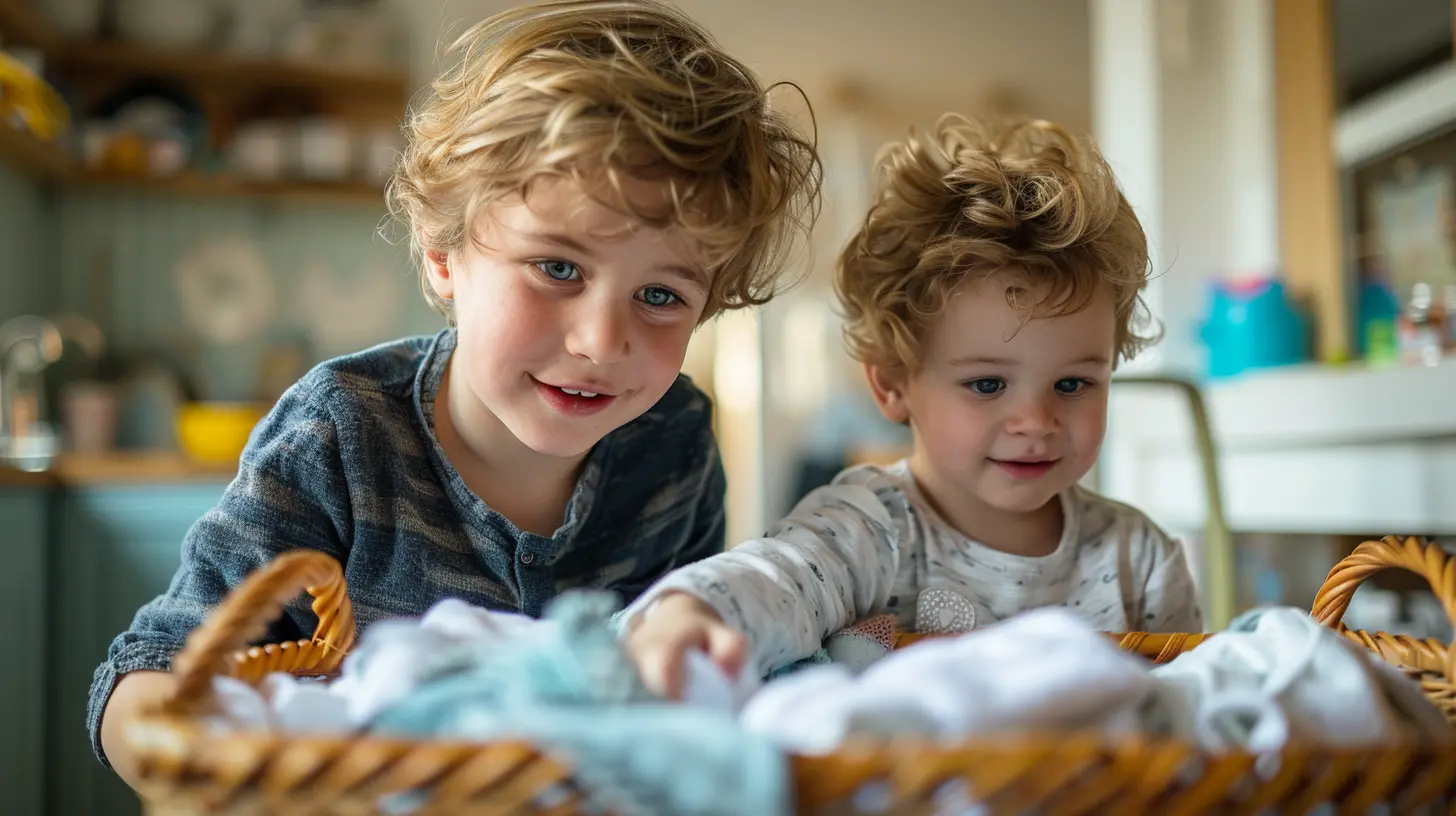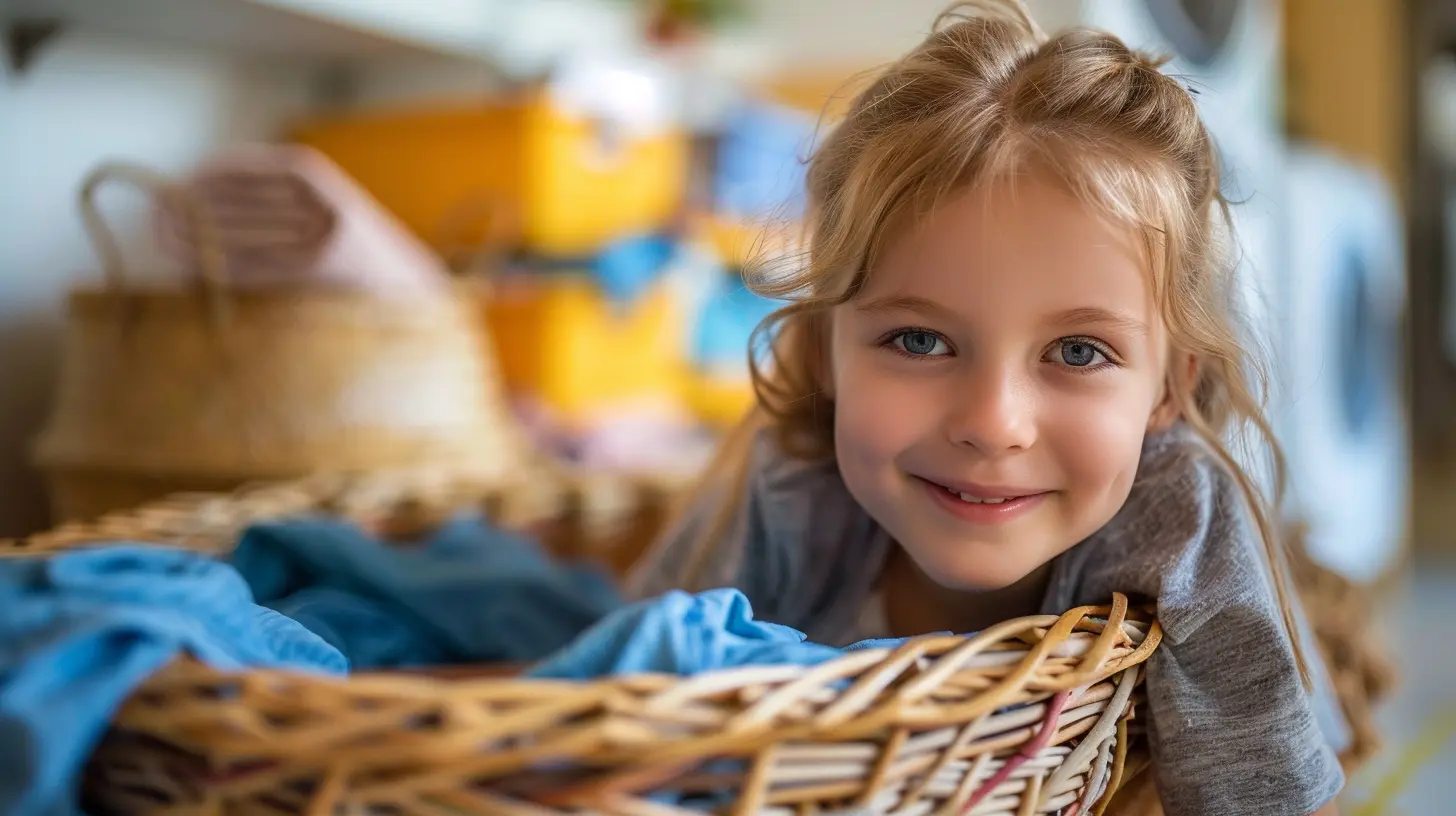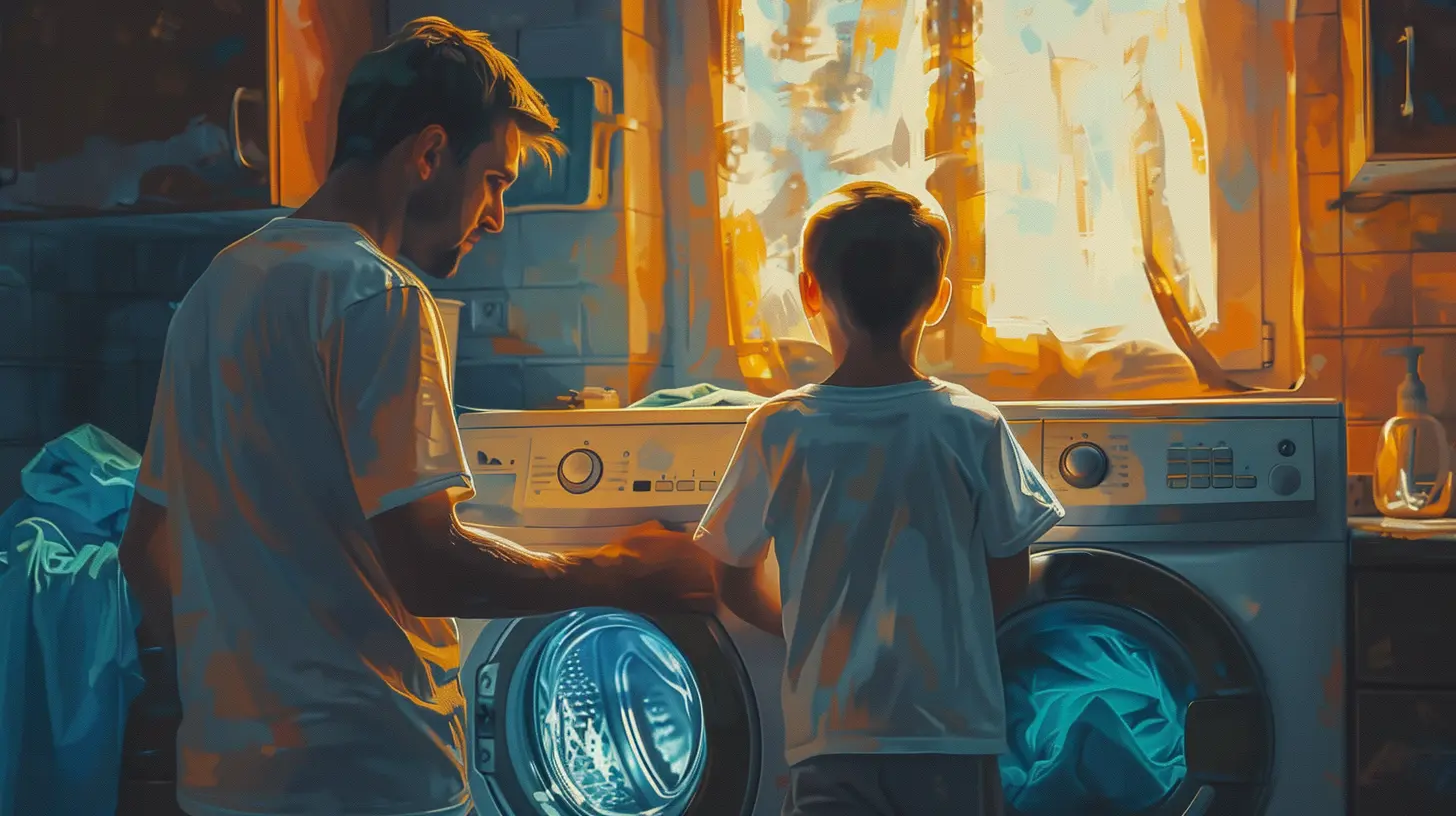Do Chores Together: Strengthening Family Communication
31 July 2025
Let’s be honest—chores aren’t exactly anyone’s idea of fun. Dishes pile up, laundry stacks like mini mountains, and dust seems to appear out of thin air. But what if I told you that these daily tasks, the very ones we often dread or outsource, could actually build stronger family bonds?
Wait, chores strengthen communication?
Yep, you read that right.
Doing chores together as a family isn’t just about knocking off a to-do list. It’s a surprisingly powerful way to encourage teamwork, boost connection, and create meaningful moments that last way beyond a sparkling kitchen counter.
Let’s dive into how scrubbing, folding, and vacuuming side by side can bring your family closer than ever before.
The Not-So-Secret Power of Doing Things Together
We live in a fast-paced world. Between school pickups, work emails, and after-dinner screen time, finding quality moments to connect is tough. That’s where the magic of doing chores together swoops in like a superhero in a cape.Chores require cooperation. And cooperation requires—guess what? Communication.
When families tackle tasks as one team, they’re actually practicing how to talk, listen, and work through problems together. It’s a real-life communication boot camp… minus the yelling (hopefully!).
More Than Just Clean Floors
Think of chores as the unlikeliest playground for life lessons. While folding laundry may seem boring, it’s also the perfect backdrop for:- Talking through the day: “How was school?” or “Remember that funny thing the cat did yesterday?”
- Solving problems together: “How should we rearrange the garage to fit more bikes?”
- Giving and receiving feedback: “Let’s try sweeping this way, it might be faster.”
And honestly, sometimes the most heartwarming conversations happen while washing dishes or tidying up the living room.
Chores Are Communication Gold
So, how exactly do chores strengthen family communication? Let’s get into the nitty-gritty.1. Shared Responsibility Leads to Shared Words
When everyone pitches in, everyone feels seen and heard. Assigning age-appropriate chores to kids not only teaches responsibility but opens the door for ongoing discussion. You’ll find yourself talking through who does what, how, and when.This shared sense of duty fosters mutual respect. And that’s a communication builder if I’ve ever seen one.
2. Listening and Learning in Action
By doing chores together, kids learn how to follow instructions, ask for clarification, and give their input—valuable communication skills they’ll use for the rest of their lives.Ever tried making dinner with a toddler helping? It’s a crash course in patience, guidance, and loads of two-way chatter (some of it hilarious).
3. Bonding Over Bubble Wrap and Brooms
It’s easy to dismiss chores as mundane, but these simple activities are often when the real talk happens.Working together on a Saturday to clean out the garage? That’s not just productive—it’s a bonding session in disguise. And it’s often peppered with laughter, stories, and that hilarious moment when someone finds an old yearbook or weird hat and insists on modeling it.
Making Chores Fun (Yes, It’s Possible!)
You might be wondering, “Okay, this all sounds great… but how do I get my kids excited about doing chores?”Good question.
Kids (and adults) are way more likely to engage when chores feel like family time instead of punishment. The trick is to make it fun and meaningful.
1. Turn It Into a Game
Race to see who can pick up the most toys in five minutes. Or put on some music and have a dance-off while dusting. The goal? Get moving and grooving while getting stuff done.2. Reward the Team, Not Just the Task
Instead of individual rewards, consider a group incentive. “Once the kitchen sparkles, ice cream sundaes for everyone!” This keeps the vibe collaborative, not competitive.3. Customize the Chore Chart
Let kids have a say in what they do. When they help decide who’s on dish duty or trash patrol, they feel more involved—and that means less nagging for you.
Different Ages, Different Roles
Not all chores are created equal, and that’s totally okay. What matters most is including everyone, from toddlers to teens.✨ For the Little Ones (Ages 2–5):
- Putting toys away- Matching socks
- Wiping tables with a damp cloth
These tiny tasks are great conversation starters. Plus, little kids LOVE feeling like they’re part of the action.
✨ For School-Age Kids (6–12):
- Feeding pets- Making their bed
- Helping with meals
These chores require a bit more effort and create opportunities for learning how to follow directions and offer help.
✨ For Teens:
- Doing laundry- Grocery shopping with a list
- Cooking dinner once a week
Teenagers might show resistance (hello, hormones), but engaging them in regular home tasks builds trust and opens up space for deeper conversations.
Chores as a Life-Skills Workshop
Here’s a truth bomb: Kids don’t magically wake up one day knowing how to adult. They learn from watching us.When your child sees you fold blankets or organize the pantry, and you invite them to join you, you’re basically giving them a hands-on life skills workshop.
Sure, they might not fold the towels perfectly the first time, but they’re learning perseverance, responsibility, and yes—communication every step of the way.
Breaking Down Barriers
Have you ever noticed how doing something side by side (like driving or walking) makes tough conversations easier?Chores work the same way.
There’s something about doing a repetitive task together—no intense eye contact required—that makes even the most awkward topics easier to touch on. Whether your child wants to vent about school, open up about a friend, or just share a goofy joke, folding laundry can become their safe space.
Building a Family Team
When families do chores together, something beautiful shifts: instead of “mom vs. the mess” or “dad doing it all,” it becomes us, the team. Everyone’s pulling in the same direction.And when that team runs smoothly, communication flows naturally.
There’s less resentment, fewer “why am I doing all the work?” moments, and way more, “we’ve got this, together.”
Real Talk: It Won’t Always Be Picture-Perfect
Let’s be real for a sec—family life is messy. Sometimes your toddler will throw a tantrum because they can’t mop the ceiling. Your teen may roll their eyes when asked to unload the dishwasher.And yet, even in those imperfect moments, you’re building something powerful.
Communication doesn’t need to be flawless to be strong. It just needs to be honest, ongoing, and rooted in love.
Chores Today, Connection for Life
So, the next time you’re tempted to clean up solo just to “get it done faster,” pause. Invite the kids. Crank up some music. Laugh when the soap bubbles overflow.Because that sink full of dishes? It’s more than just plates. It’s a chance to connect, talk, and grow as a family.
Doing chores together teaches kids that communication doesn’t just happen in serious conversations—it happens in the everyday, in the ordinary, in the in-between.
And those moments? They’re everything.
Final Thoughts: More Than a Clean House
Doing chores together might not sound glamorous, but it’s one of the most underrated tools for shaping strong, open, and confident families.It’s not about spotless countertops—it’s about connected hearts.
Families that clean together, talk together. Laugh together. Learn together.
So grab a broom, hand out the sponges, and get ready to strengthen your family’s most powerful tool—communication.
Because in the end, the family that works together, grows together.
all images in this post were generated using AI tools
Category:
Chores For KidsAuthor:

Austin Wilcox
Discussion
rate this article
1 comments
Aubrey Gilbert
This article beautifully highlights how shared chores can transform family dynamics. It’s a simple yet powerful way to foster communication, teamwork, and cherished memories. Thank you for this invaluable insight!
August 25, 2025 at 3:50 AM

Austin Wilcox
Thank you for your kind words! I'm glad you found the article insightful and that it resonates with the importance of shared chores in enhancing family bonds.


